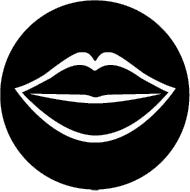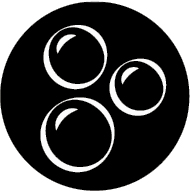ENGLISH SPARKLING
UK, REGIONAL
METHOD: Traditional

MAYBE NOT THE first country that comes to mind when you’re scanning stores for bubbly, but in recent years, the UK is really starting to live up to and even exceed other high-quality sparkling wines. With south coast soils found to have similar chalk levels to the Champagne region and Sussex boasting the most daylight hours in the UK, these ideal conditions are making high-quality English bubbly a real contender. As English sparkling wine production goes from strength to strength, we’re starting to see more identity from the UK as they refine their style.
 GRAPES
GRAPES
The traditional Champagne grapes are used, as well as Seyval Blanc, Pinot Blanc, and Bacchus.
 TASTE
TASTE
Expect aromatic and floral notes. Stone fruits, citrus, marzipan, and brioche from the lees aging via the traditional method.
 STYLES
STYLES
English sparkling is made in the same styles as Champagne. These include Blanc de Blanc, Rosé, and Blanc de Noirs.
CALIFORNIA SPARKLING
CALIFORNIA, SUBREGIONAL
METHOD: Traditional

LIKE ENGLISH SPARKLING, many California sparkling wines are essentially Champagne without the regional label. In fact, thanks to a law loophole, some California vineyards can even get away with using “champagne” to describe their wine, provided they list the place of origin, too. California has become the hub of US sparkling wine production, as the grapes are particularly suited to many of California’s microclimates. The subtly different, riper flavor comes from the warmer, more fertile soils.
 GRAPES
GRAPES
The traditional Champagne grapes—Chardonnay, Pinot Noir, and Pinot Meunier—are most commonly used. Pinot blanc, Chenin blanc, and French Colombard can also be found in some California bubbly.
 TASTE
TASTE
Crisp and dry with flavors of brioche, marzipan, nuts, citrus fruits, and orchard fruits. Small, light bubbles give a mousse finish. Slightly fruitier than Champagne.
 STYLES
STYLES
California sparkling is made in the same styles as Champagne. These include Blanc de Blanc, Rosé, and Blanc de Noirs.
